Home>Articles>How Much Does It Cost To Replace Basement Stairs
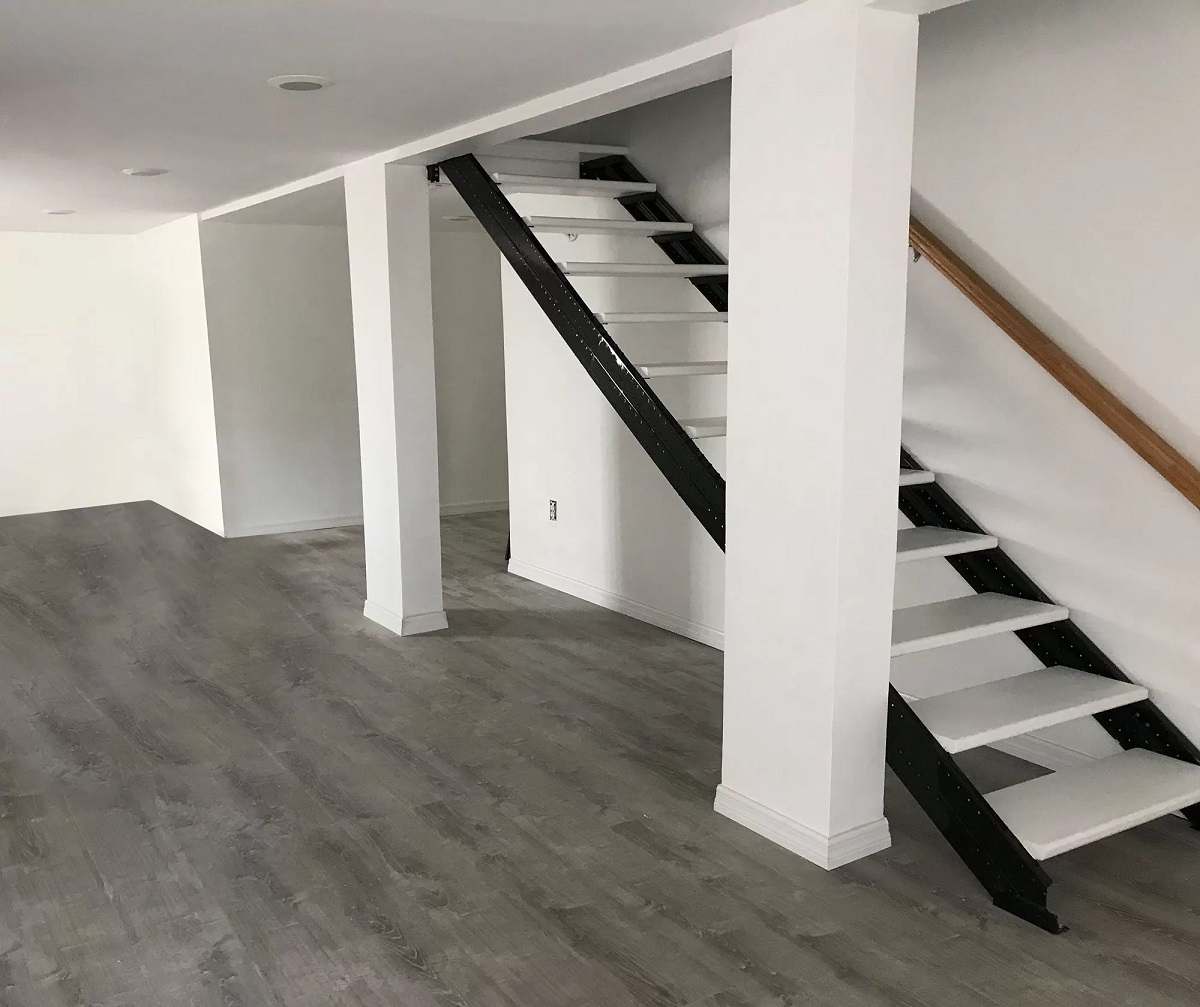

Articles
How Much Does It Cost To Replace Basement Stairs
Modified: October 20, 2024
Looking for articles on the cost of replacing basement stairs? Find out how much it could cost and get expert tips to help you plan your budget.
(Many of the links in this article redirect to a specific reviewed product. Your purchase of these products through affiliate links helps to generate commission for Storables.com, at no extra cost. Learn more)
Introduction
Basement stairs play an important role in providing access to your basement and are an essential component of any home. Over time, basement stairs can become worn out, damaged, or outdated, necessitating the need for replacement. However, the cost of replacing basement stairs can vary depending on several factors such as materials, labor, and additional expenses.
In this article, we will explore the various factors that can affect the cost of basement stair replacement, break down the material and labor costs involved, discuss additional expenses to consider, compare the options of hiring a professional versus tackling the project yourself, provide an average cost range, and offer tips to save money on basement stair replacement.
Replacing basement stairs is not only a functional necessity but also an opportunity to enhance the aesthetics and overall value of your home. By understanding the cost factors involved, you can make an informed decision and plan your budget accordingly.
Now, let’s delve into the factors that can affect the cost of basement stair replacement.
Key Takeaways:
- Basement stair replacement costs vary based on materials, labor, and additional expenses. Average cost ranges from $2,300 to $10,000. Consider DIY vs professional installation and cost-saving tips to make an informed decision.
- Factors such as design complexity, size, and location impact basement stair replacement costs. Carefully plan and budget for material, labor, and additional expenses. Explore financing options and compare quotes for a cost-effective outcome.
Read more: How Much Does It Cost To Recarpet Stairs
Factors Affecting the Cost of Basement Stair Replacement
When it comes to the cost of replacing basement stairs, several factors come into play. By understanding these factors, you can get a better idea of what to expect in terms of expenses. Here are the main factors that can impact the cost of basement stair replacement:
- Materials: The choice of materials for your new basement stairs will greatly influence the overall cost. Common materials include wood, metal, concrete, or a combination of these. Each material comes with its own price range, and factors such as the quality of the materials and any additional features or customization can also affect the cost.
- Design and Complexity: The design and complexity of the staircase can impact the cost of replacement. A simple straight staircase will generally be more affordable compared to curved or spiral designs. Additionally, if you require any special features or customizations such as handrails, balusters, or decorative elements, these can also add to the overall cost.
- Size and Dimensions: The size and dimensions of your basement stairs will also play a role in determining the cost. Larger or wider staircases will require more materials and labor, which can increase the overall expenses. Additionally, if your basement has limited space for the stairs, modifications and adjustments may be needed, potentially adding to the cost.
- Removal and Disposal: If you’re replacing existing basement stairs, the cost of removing and disposing of the old stairs should be taken into account. This can involve labor costs and fees for proper waste disposal, depending on the local regulations.
- Location: The location of your home can impact the cost of materials and labor. Prices for materials and construction services can vary across regions, so it’s important to consider the local market rates when budgeting for basement stair replacement.
These factors can significantly influence the cost of basement stair replacement. By evaluating each factor and understanding how they relate to your specific needs and budget, you can make an informed decision and plan accordingly. In the next sections, we will explore the material costs, labor costs, and potential additional expenses to consider when it comes to basement stair replacement.
Material Costs
The choice of materials for your basement stair replacement will have a significant impact on the overall cost. Here are the common materials used for basement stairs and their respective price ranges:
- Wood: Wood is a popular choice for basement stairs due to its durability, versatility, and natural beauty. The cost of wood can vary depending on the type and quality of the wood used. Softwoods like pine or fir are typically more affordable, while hardwoods like oak or maple come at a higher price. The average cost for wooden basement stairs ranges from $1,500 to $5,000.
- Metal: Metal stairs provide a modern and sleek look to your basement. They are often made of steel or aluminum, and the cost will depend on the type of metal and the design complexity. Steel stairs tend to be more expensive but offer superior strength, while aluminum stairs are more lightweight and affordable. The average cost for metal basement stairs ranges from $2,000 to $6,000.
- Concrete: Concrete stairs are a durable and long-lasting option for basement stair replacement. Concrete is customizable and can be poured into various shapes and designs. The cost will depend on the size, complexity, and finish of the stairs. On average, concrete basement stairs can range from $2,500 to $7,000.
- Combination: Some homeowners opt for a combination of different materials to create a unique and customized look. For example, wooden steps with metal or glass railings can add a touch of elegance. The cost will vary depending on the specific combination of materials chosen.
It’s important to consider the quality, durability, and maintenance requirements of each material when making your choice. Additionally, keep in mind that there may be additional expenses for finishing touches such as stain or paint, varnish, or protective coatings.
When planning your budget, it’s a good idea to obtain quotes from suppliers and contractors to get a more accurate estimate based on your desired material and design options. Remember to factor in any delivery charges or additional fees that may be associated with the materials.
Next, let’s explore the labor costs involved in basement stair replacement.
Labor Costs
The labor costs involved in basement stair replacement are a significant factor in the overall project cost. Hiring professionals for the installation ensures a proper and safe installation, but it does come with a price tag. Here are some factors to consider when it comes to labor costs:
- Installation: The complexity of the installation process can impact the labor cost. Straight staircases with simple designs are generally easier to install and require less time and labor compared to curved or spiral staircases. The average labor cost for basement stair installation ranges from $500 to $2,000.
- Demolition and Removal: If you’re replacing existing basement stairs, the cost of removing the old stairs should be taken into account. Demolition and removal can be time-consuming and may require additional labor. The average cost for demolition and removal ranges from $300 to $1,000.
- Carpentry or Masonry Work: Depending on the materials and design chosen, additional carpentry or masonry work might be required. This can involve the construction of a supporting structure, customization of the stairs, or modifications to the existing basement walls. The cost for carpentry or masonry work will vary based on the complexity of the project and the labor hours involved.
- Finishing Touches: The installation of handrails, balusters, and other decorative elements can add to the labor cost. These finishing touches require precision and attention to detail to ensure a polished and professional look.
It’s important to hire experienced and reputable professionals for the installation to ensure the job is done correctly and safely. Obtain multiple quotes from licensed contractors and compare their prices and services. Keep in mind that the lowest bid may not always deliver the best results, so consider factors such as expertise, reputation, and customer reviews in your decision-making process.
Now that we’ve covered the material and labor costs, let’s explore the additional expenses to consider when replacing basement stairs.
Additional Costs
When budgeting for basement stair replacement, it’s important to consider potential additional expenses that may arise throughout the project. Here are some common additional costs to keep in mind:
- Permits and Inspections: Depending on your local regulations, you may need to obtain permits and schedule inspections for the basement stair replacement. These fees can vary, so it’s important to check with your local building department to understand the requirements and associated costs.
- Delivery Fees: If you’re purchasing materials from a supplier, there may be delivery fees to consider. The cost will depend on the distance, size of the materials, and any additional services required, such as lifting equipment.
- Finishing and Paint: Once the stairs are installed, you may choose to add finishing touches such as stain, varnish, or paint. These materials have associated costs, and depending on the size and complexity of the staircase, the amount needed may vary.
- Building Modifications: In some cases, basement stair replacement may require modifications to the existing basement structure, such as changes to the wall or floor. These modifications may incur additional costs for materials and labor.
- Homeowner’s Insurance: It’s worth reviewing your homeowner’s insurance policy to determine if any coverage or adjustments are necessary due to the replacement of basement stairs.
- Temporary Access: While the installation takes place, you may need to arrange temporary access to and from the basement. This could involve setting up a temporary staircase or making alternative arrangements, which may incur additional costs.
By accounting for these potential additional expenses, you can ensure that your budget is comprehensive and realistic. It’s always a good idea to have a contingency fund in case unexpected costs arise during the project.
Next, let’s explore the decision of whether to tackle the basement stair replacement as a DIY project or hire a professional.
When budgeting for basement stair replacement, consider the cost of materials, labor, and any additional structural work that may be required. Get multiple quotes from contractors to ensure you’re getting a fair price.
Read more: How Much Does It Cost To Refinish Stairs
DIY vs Hiring a Professional
When it comes to basement stair replacement, one crucial decision to make is whether to undertake the project yourself or hire a professional. Both options have their own advantages and considerations. Here are some factors to help you decide:
DIY (Do-It-Yourself):
Pros:
- Cost Savings: DIY projects can save you money on labor costs since you won’t need to hire professionals. Additionally, you have control over purchasing materials and can choose more affordable options.
- Personal Satisfaction: Completing a DIY project can be rewarding and give you a sense of achievement. You have the freedom to customize the project to your liking and work at your own pace.
- Learning Opportunity: Undertaking a basement stair replacement as a DIY project allows you to learn new skills and gain valuable knowledge about construction and home improvement.
Cons:
- Time and Effort: DIY projects can be time-consuming, especially if you have limited experience or need to research and learn along the way. You will need to invest significant effort in planning, measuring, and executing the project.
- Risk of Errors: Without professional expertise, there is a risk of making mistakes during the installation process. These errors can result in safety hazards or require additional repairs and expenses down the line.
- Lack of Insurance Coverage: Most homeowner’s insurance policies may not cover damages or accidents that occur due to DIY projects. This means you’ll be responsible for any costs or liabilities that may arise during the installation.
Hiring a Professional:
Pros:
- Experience and Expertise: Professionals have the knowledge and skills to efficiently and safely install basement stairs. Their expertise ensures a higher level of quality and reduces the risk of errors.
- Time Saving: Hiring professionals allows you to focus on other aspects of your life while the project is taken care of. They have the necessary tools, resources, and experience to complete the job more quickly than if you were to do it yourself.
- Warranty and Insurance: Reputable professionals often provide warranties for their work, giving you peace of mind. Additionally, they carry liability insurance, which means you won’t be held financially responsible for any accidents or damages that occur during the installation.
Cons:
- Higher Cost: Hiring professionals will increase the overall cost of the project. You’ll need to consider labor charges and potentially higher material costs if professionals have preferred suppliers.
- Limited Customization: While professionals can provide expert guidance, you may have limited control over certain design and customization aspects if you choose to hire them.
Ultimately, the decision between DIY and hiring a professional depends on your budget, skills, available time, and comfort level with undertaking a project of this scale. Assess your capabilities and weigh the pros and cons to make an informed decision that best suits your needs and preferences.
Now let’s explore the average cost range for basement stair replacement.
Average Cost Range for Basement Stair Replacement
The cost of basement stair replacement can vary depending on the factors we discussed earlier, such as materials, labor, and additional expenses. Keep in mind that these are average cost ranges, and the final price may vary based on your specific requirements and location.
Here is an approximate breakdown of the average cost range for basement stair replacement:
- Material Costs: The material costs can range from $1,500 to $7,000, depending on the type of material chosen. Wood tends to be on the lower end of the cost range, while concrete and metal options generally fall on the higher end.
- Labor Costs: The labor costs can range from $500 to $2,000, depending on the complexity of the installation, demolition, and any additional carpentry or masonry work required.
- Additional Costs: Additional costs such as permits, delivery fees, finishing touches, building modifications, and temporary access can vary in price, but might range from $300 to $1,000.
Combining these average cost ranges, the total cost for basement stair replacement typically falls within the range of $2,300 to $10,000. However, it’s crucial to obtain multiple quotes from suppliers and contractors to get a more accurate estimate based on your specific needs and location.
It’s also important to consider whether any financing options are available and to plan your budget accordingly. By having a clear understanding of the average cost range, you can make informed decisions and ensure that you allocate the necessary funds for your basement stair replacement project.
Now, let’s explore some tips to save money on basement stair replacement.
Tips to Save Money on Basement Stair Replacement
Replacing basement stairs can be a significant investment, but there are several strategies you can use to help save money on the overall cost. Consider the following tips to keep your budget in check:
- Compare Materials: Research and compare the prices of different materials for your basement stairs. Opt for materials that fit both your budget and desired aesthetic. Remember, there can be cost variations within each material category, so explore different options before making a decision.
- Consider Pre-fabricated Options: Pre-fabricated basement stairs are often more affordable compared to custom-made designs. Explore pre-fabricated options that fit your requirements to save on both material and labor costs.
- Obtain Multiple Quotes: Seek quotes from multiple suppliers and contractors to ensure you’re getting the best price. Compare the costs, services offered, and the quality of materials before making a final decision.
- Do Some of the Work Yourself: If you have the necessary skills and knowledge, you can save on labor costs by doing some of the work yourself. This can include tasks like demolition, removal of the old stairs, and smaller carpentry or finishing work. However, ensure you are comfortable and capable of completing these tasks safely and effectively.
- Hire Reputable Professionals: While it may seem counterintuitive, hiring reputable professionals can save you money in the long run. Their expertise and experience can help avoid costly mistakes that may arise from DIY projects. Additionally, they may have relationships with suppliers that could secure you better prices for materials.
- Reuse Materials: If your basement stairs are still in good condition, consider repurposing or refurbishing them. This can save money on both materials and labor costs. However, ensure that the existing stairs meet safety standards and regulations before making this decision.
- Plan Ahead: Take the time to plan your basement stair replacement to avoid rushing into decisions or last-minute purchases. This will allow you to explore more cost-effective options and give you the opportunity to take advantage of sales or discounts on materials.
- Consider Financing Options: If the upfront cost of basement stair replacement is too high, explore financing options available through suppliers, contractors, or financial institutions. Low-interest loans or payment plans can help make the project more affordable and manageable.
By implementing these cost-saving tips, you can ensure that your basement stair replacement stays within your desired budget. Remember to balance cost savings with quality to ensure a safe and durable outcome.
Now, let’s wrap up this article.
Conclusion
Basement stair replacement is a project that requires careful consideration of various factors, including material costs, labor costs, additional expenses, and the decision of whether to tackle the project as a DIY endeavor or hire a professional. By understanding these factors and following the tips provided, you can successfully navigate the process and make informed decisions.
When it comes to material costs, wood, metal, concrete, or a combination of these materials offer different price ranges and aesthetic options. Labor costs encompass the installation, demolition, and any additional carpentry or masonry work required. Additional expenses such as permits, delivery fees, and finishing touches need to be considered in your budget as well.
The choice between a DIY approach or hiring a professional depends on your skill level, available time, and comfort level with undertaking a project of this scale. Both options have their pros and cons, and it’s important to weigh the factors that are most important to you.
The average cost range for basement stair replacement typically falls within $2,300 to $10,000, but it’s crucial to obtain quotes from suppliers and contractors to get a more accurate estimate based on your specific needs. Consider the tips provided to save money, such as comparing materials, obtaining multiple quotes, and doing some of the work yourself if possible.
Ultimately, replacing basement stairs is an investment in your home’s functionality and aesthetics. By understanding the costs involved and making thoughtful decisions, you can achieve a safe, durable, and visually appealing result that enhances both the practicality and value of your home.
Now that you have a better understanding of the factors influencing the cost of basement stair replacement, you are ready to embark on your project with confidence and foresight.
Curious about more home upgrade possibilities? If you're pondering the duration of sprucing up your lower level, our comprehensive guide on basement renovation timelines offers invaluable insights. For those considering larger-scale transformations, our detailed discussion on home remodeling covers everything needed for revamping a two-story residence. Both pieces are packed with practical advice, helping you make informed decisions for your next big project.
Frequently Asked Questions about How Much Does It Cost To Replace Basement Stairs
Was this page helpful?
At Storables.com, we guarantee accurate and reliable information. Our content, validated by Expert Board Contributors, is crafted following stringent Editorial Policies. We're committed to providing you with well-researched, expert-backed insights for all your informational needs.
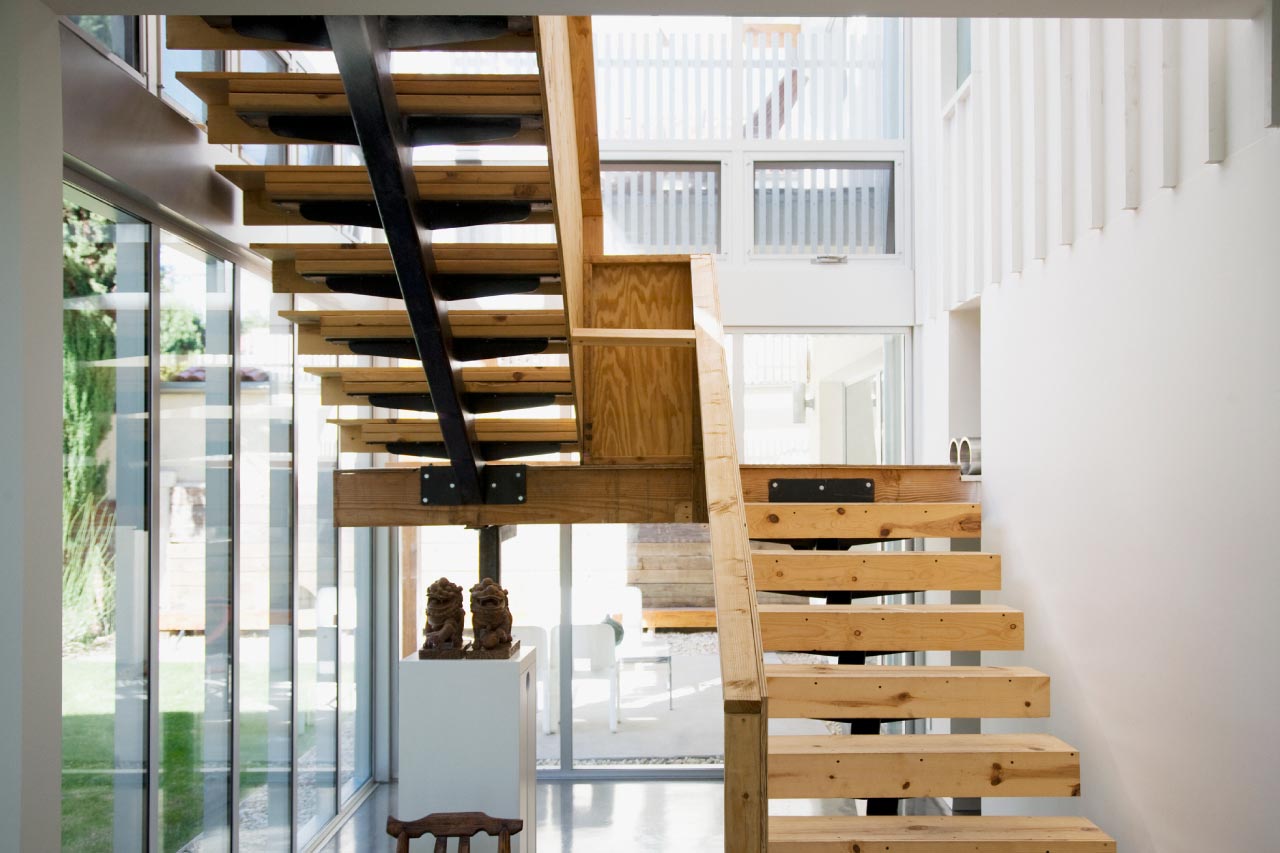
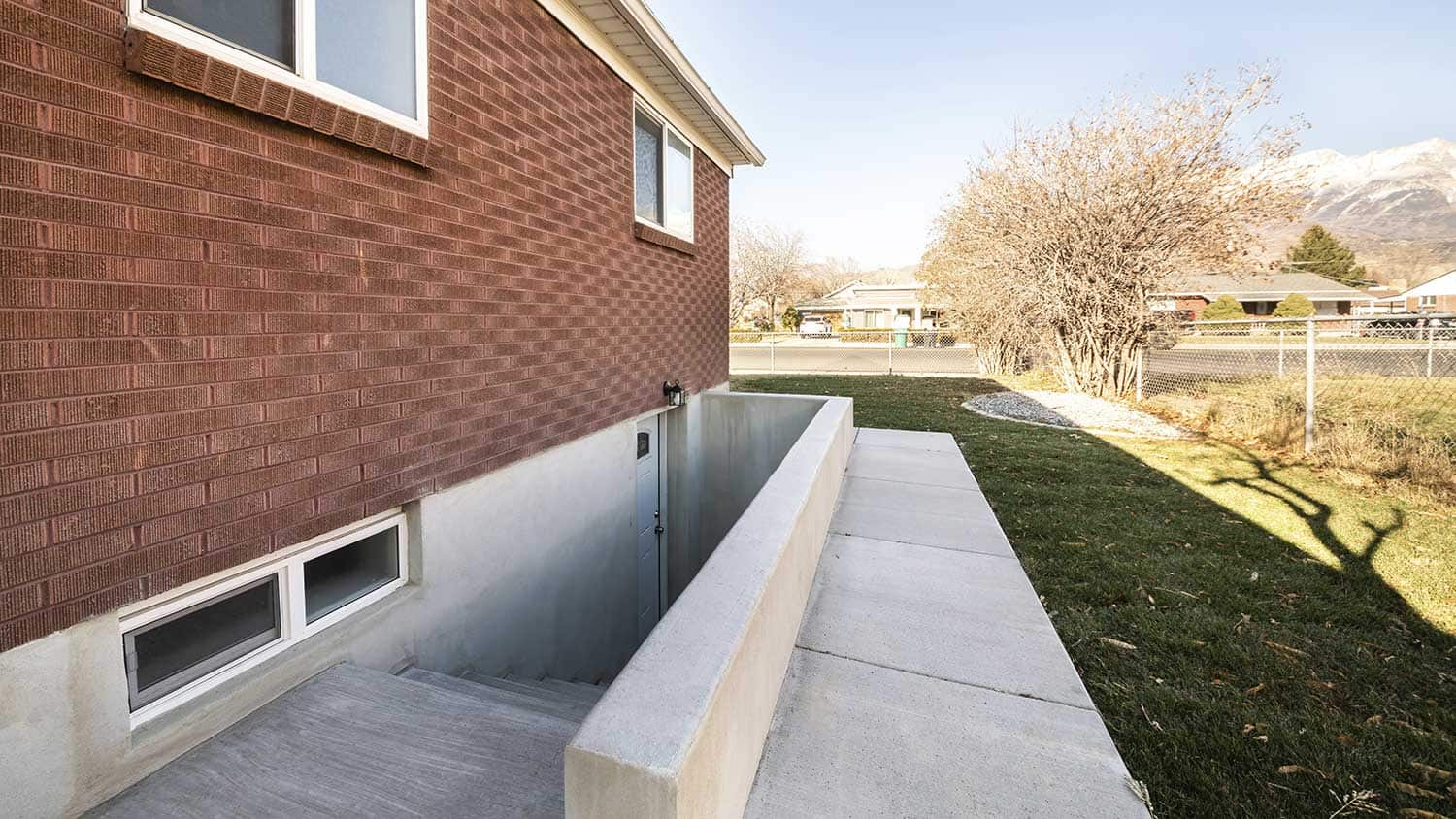

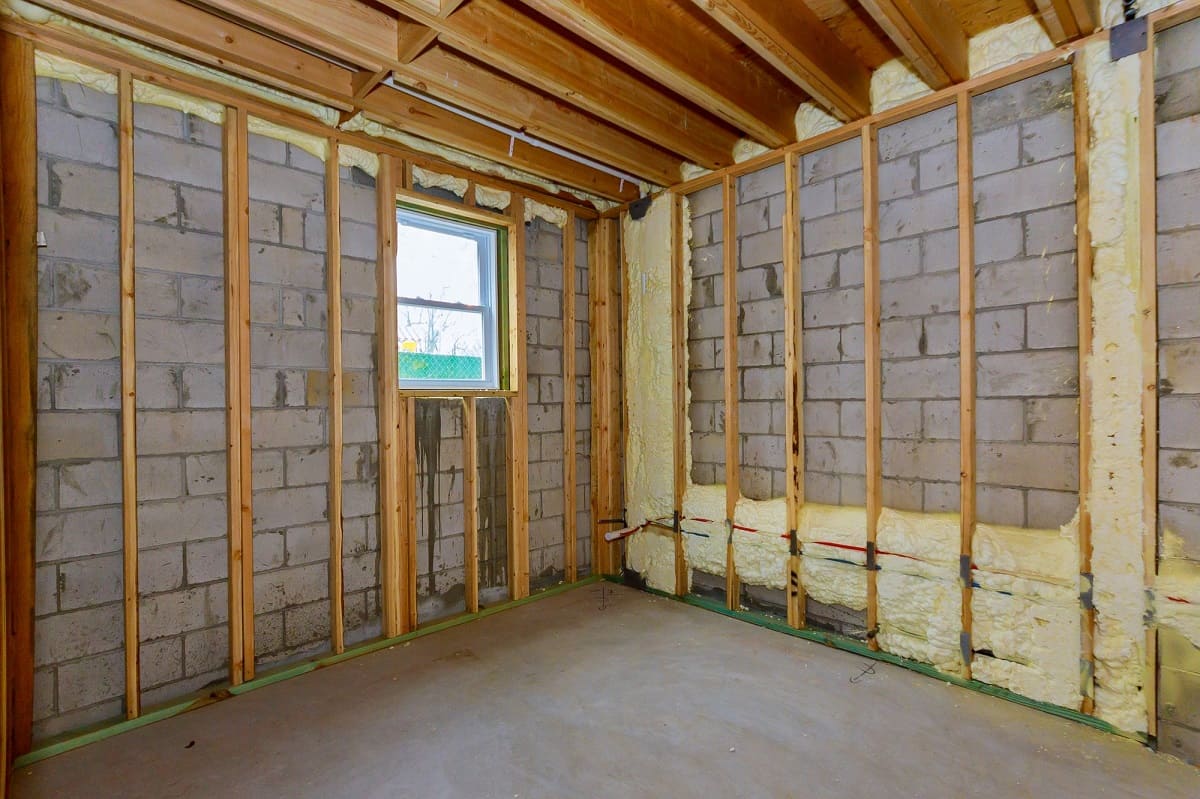

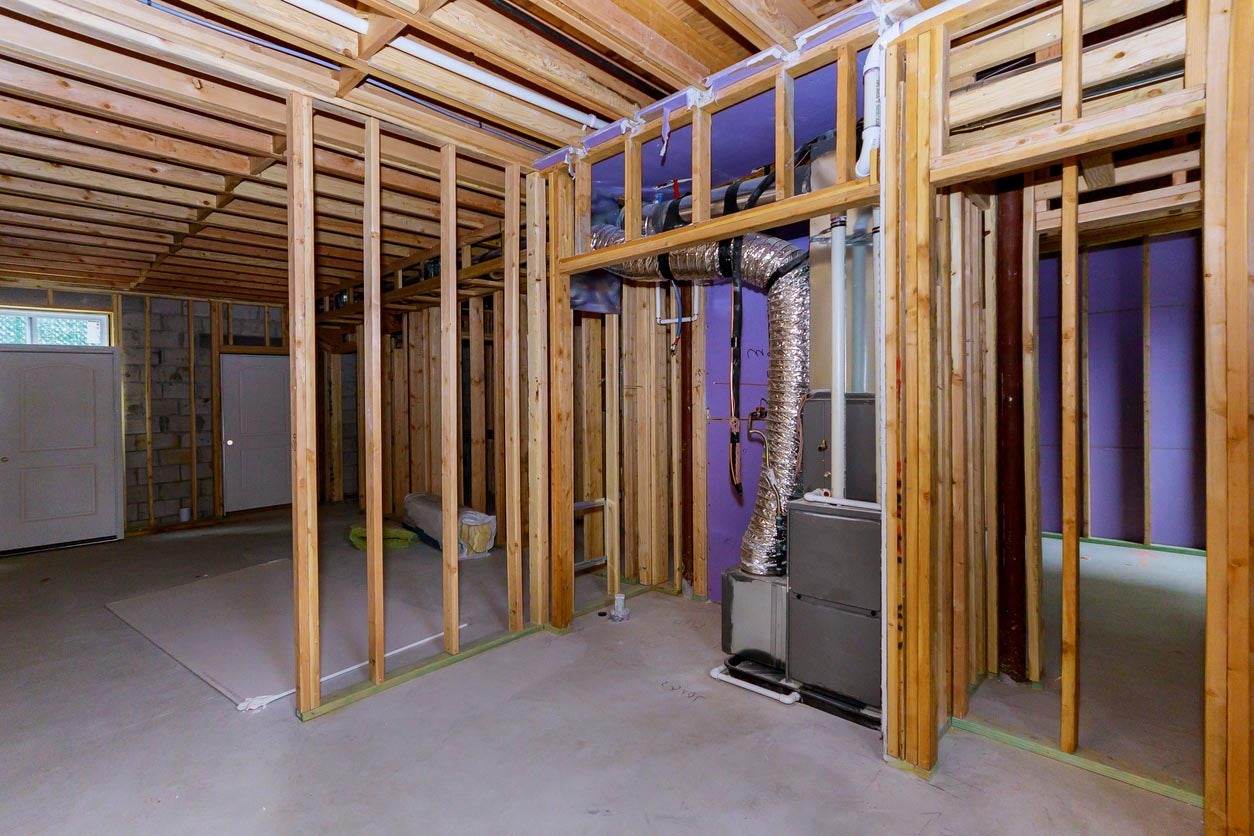
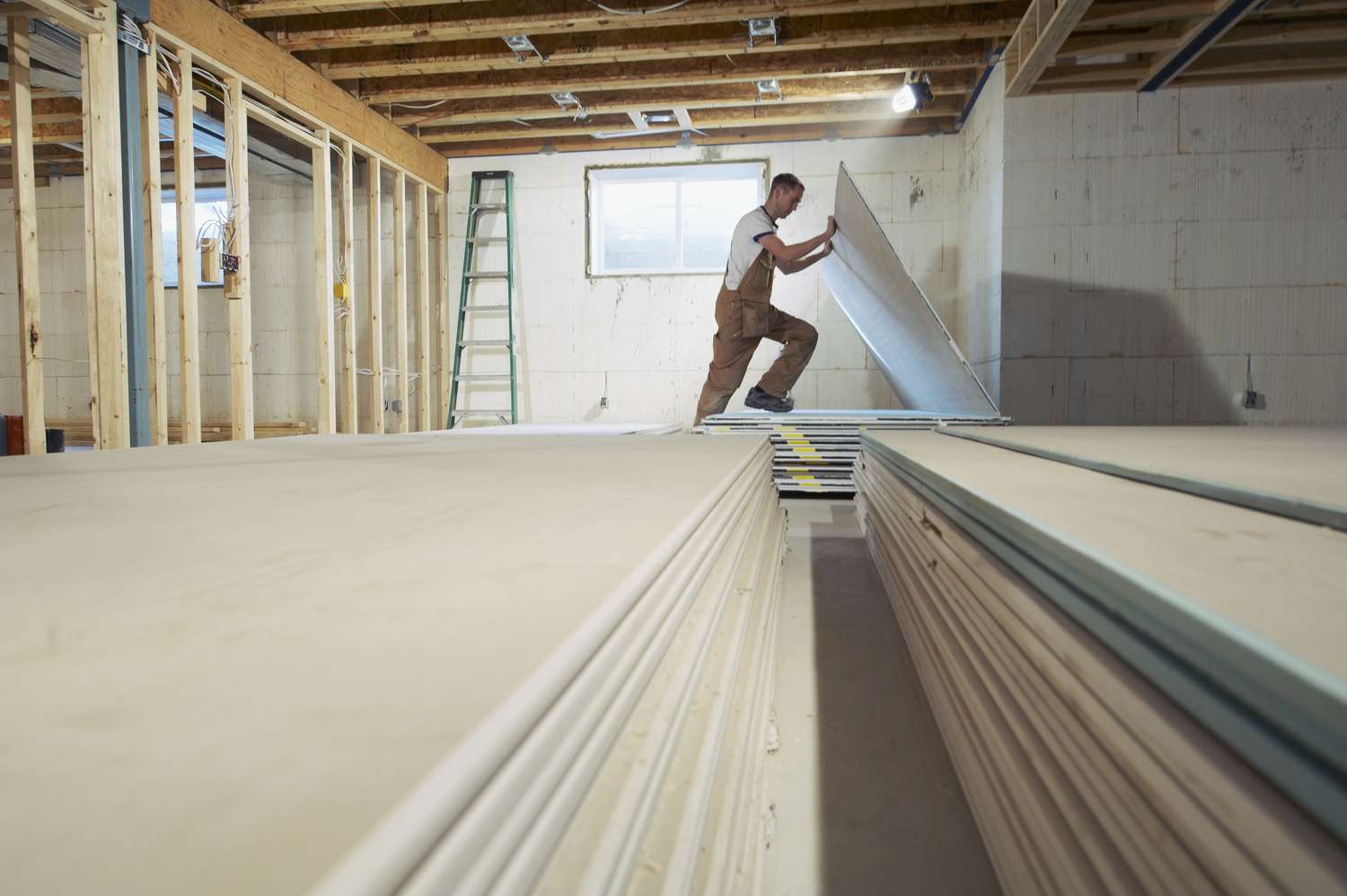
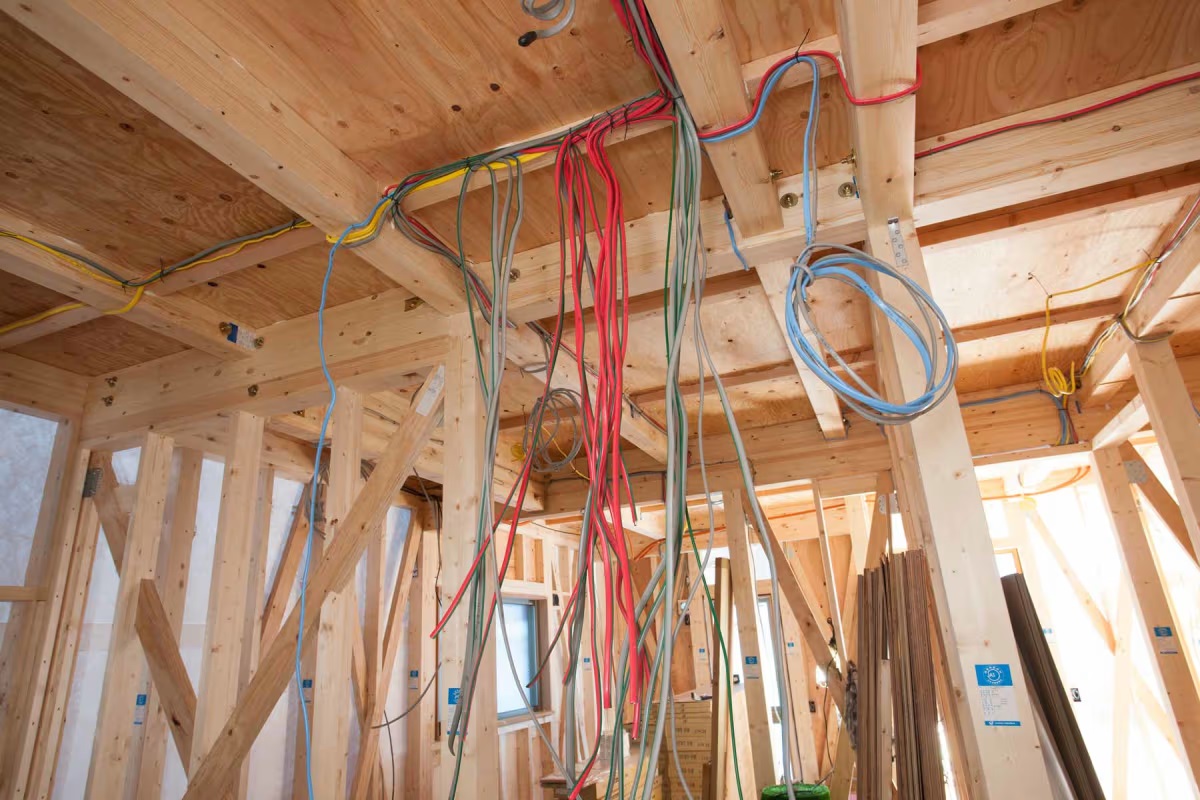


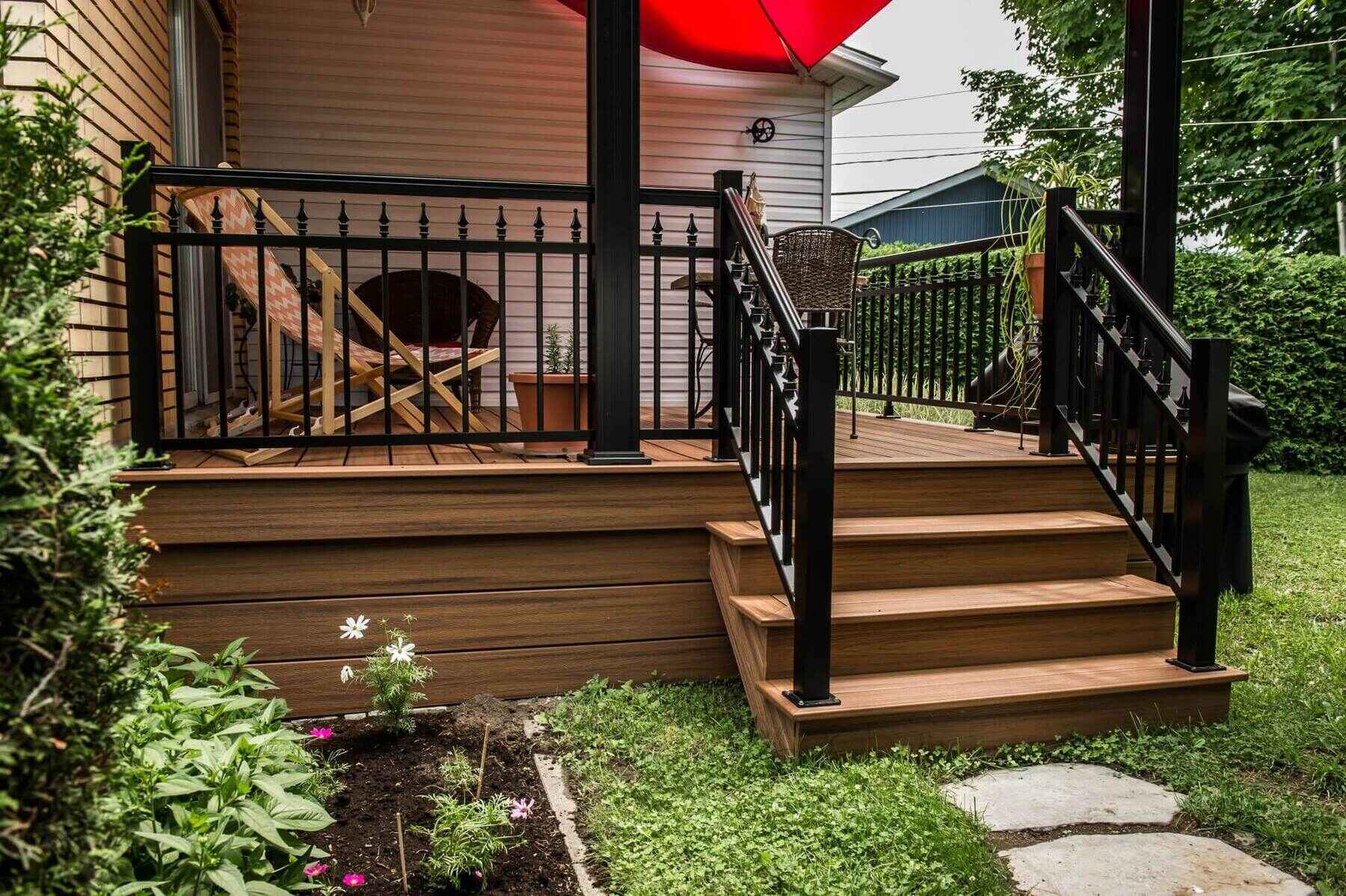
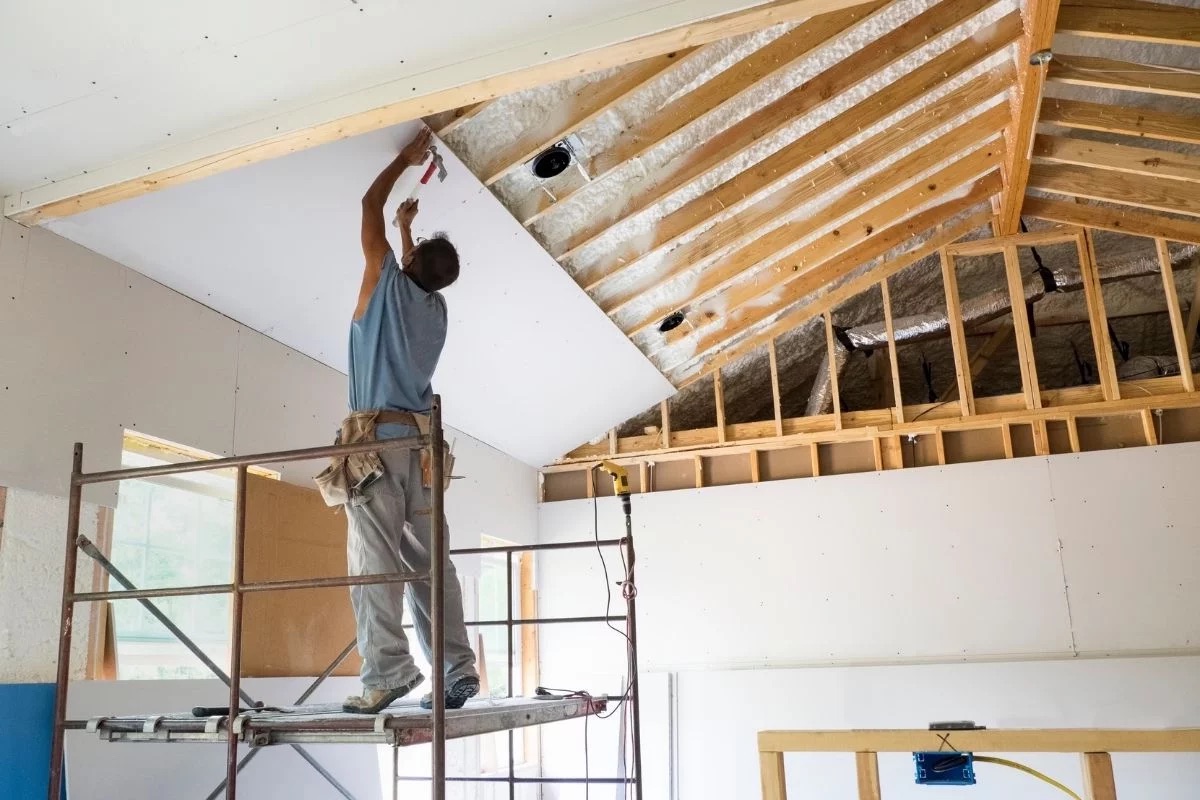
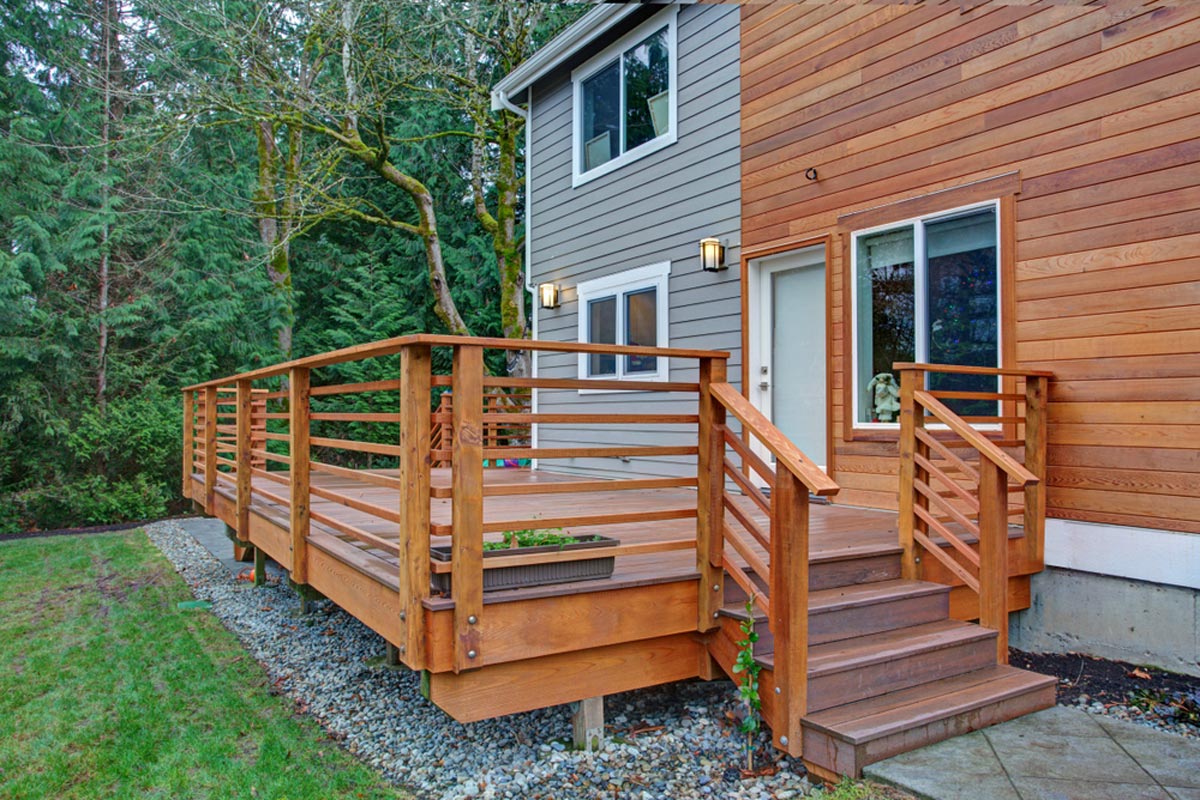
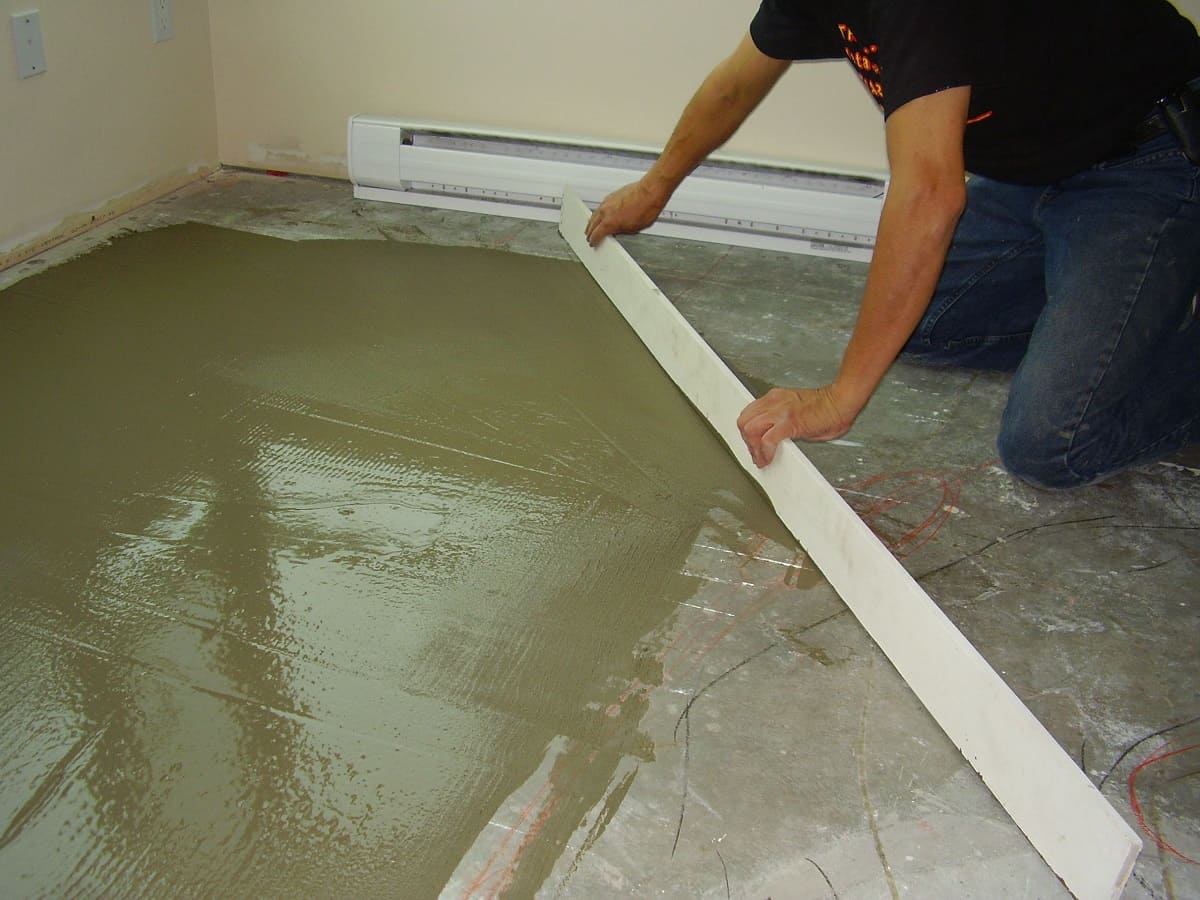

0 thoughts on “How Much Does It Cost To Replace Basement Stairs”